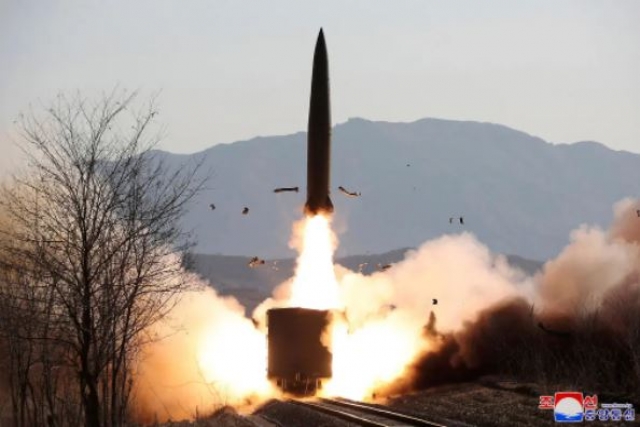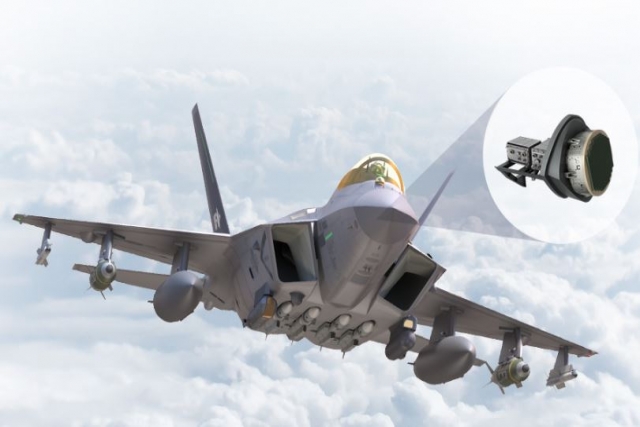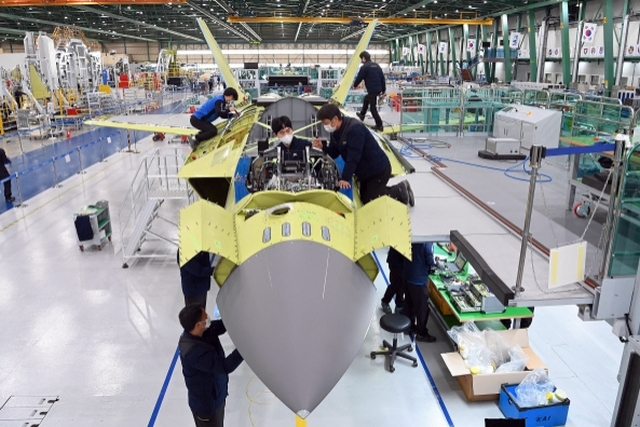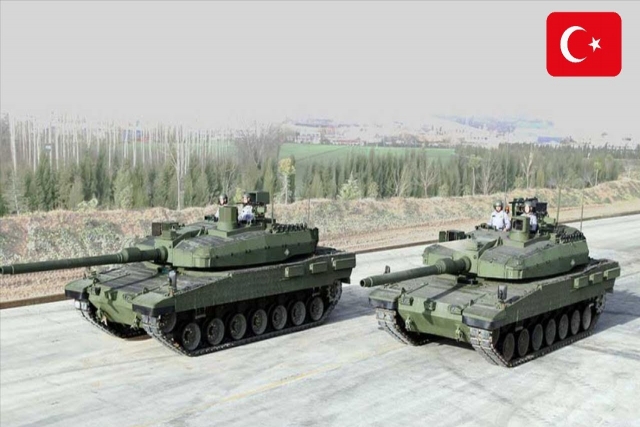Korean Institute Develops Radar Tech for Early Detection of Missiles

South Korea’s Defense Science Research Institute, part of Agency for Defense Development (ADD), has developed what it calls ‘Warhead Classification and Radar Resource Management Optimization Technology,’ to detect and track ballistic missiles.
ADD performed all R&D processes with pure domestic technology, and secured omnidirectional source technology through the Defense Acquisition Program Administration (DAPA)'s core technology development project from 2018 to 2022, DAPA said in a release.
The radar technology was developed to secure effective response capabilities against simultaneous ballistic missile attacks. It improves the radar's ability to classify and track the target warhead among ballistic missile targets, and prevents the waste of radar resources by not tracking propellants or fragments.
However, during separation, propellants and fragments are generated from the ballistic missile, and it is difficult to distinguish the target from the object generated at high altitude because the trajectory is the same as that of the warhead. The technology classifies warheads by measuring the length of the object and allows radar to track only threatening targets.
The technology developed this time is a key technology in the field of avoiding technology transfer abroad, and can be used to improve the radar target detection and tracking performance in the ballistic missile defense system.
The technology is one of the essential technologies to carry out independent air defense operations in Korea in preparation for the increasing threat of ballistic missiles, and is expected to greatly contribute to improving the performance of related domestic weapon systems in the future. ADD plans to continuously improve radar performance to broaden the horizons of the development of various weapon systems.













